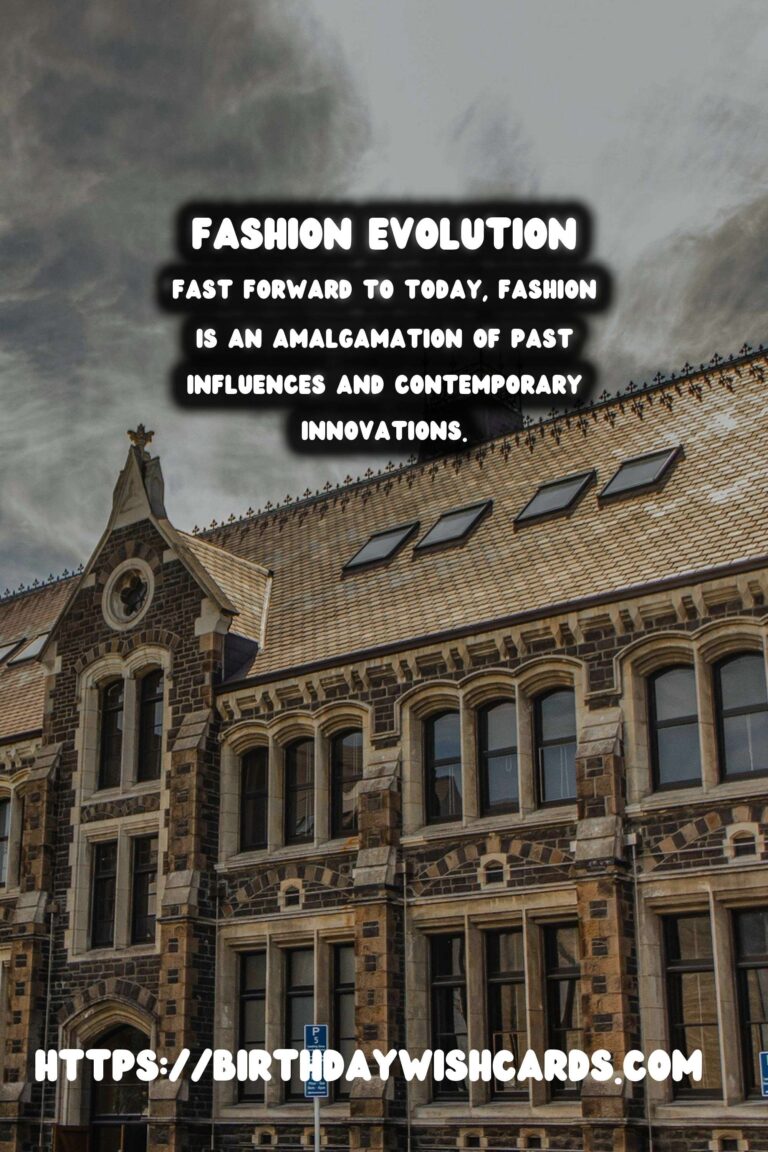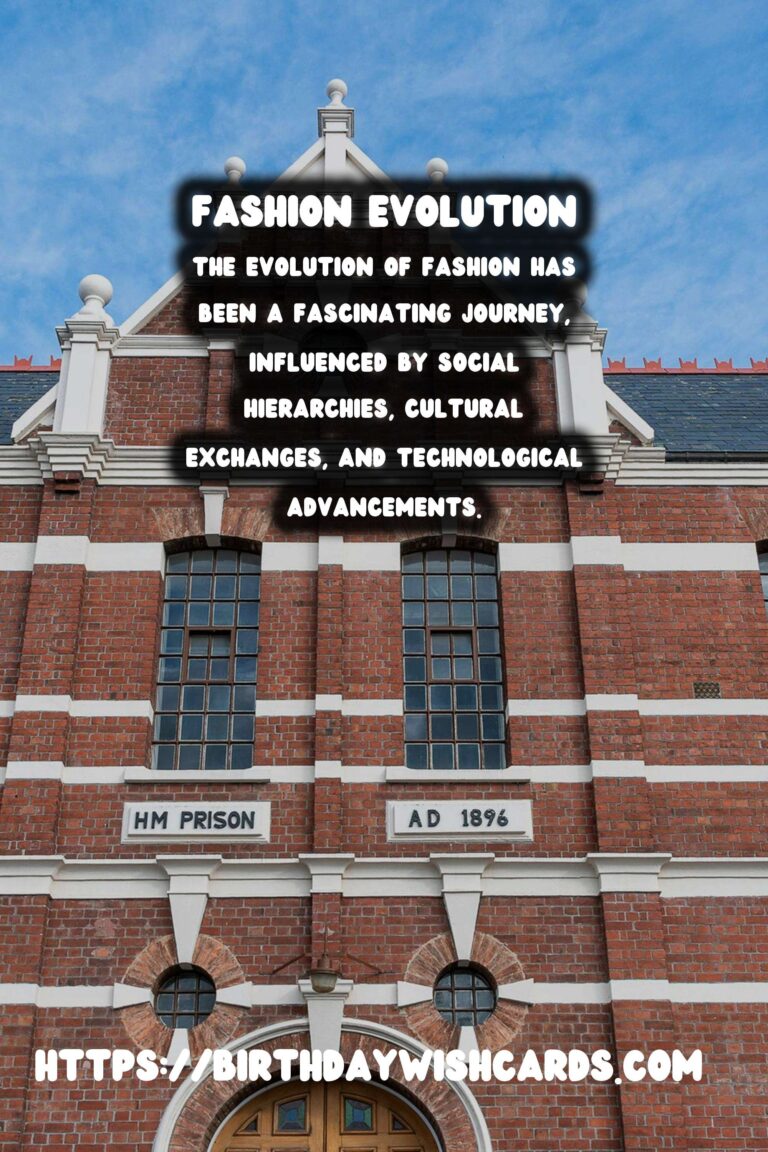
The evolution of fashion has been a fascinating journey, influenced by social hierarchies, cultural exchanges, and technological advancements. Through the centuries, clothing has served as a primary indicator of class, profession, and social status, reflecting the changing times and the diverse tapestry of human civilization.
The Influence of Royalty in Fashion
Throughout history, royalty has played a pivotal role in setting fashion trends. The opulence and extravagance of royal wardrobes often symbolized wealth and power, with luxurious fabrics such as silk, velvet, and brocade dominating the garments of kings and queens. The Tudor period in England saw the popularity of padded doublets and voluminous gowns, often adorned with intricate embroidery and precious gems.
Fashion Among the Nobility and Upper Class
Following the trends set by the monarchs, the nobility often sought to emulate royal attire. During the Renaissance, for instance, European aristocrats adopted the fashionable Italian doublets and hose, accentuating their silhouettes with corsets and farthingales for women. The French court in the 18th century, particularly during the reign of Louis XIV, further pushed the boundaries of fashion with the introduction of elaborate hairstyles and the notorious high-heeled shoes.
The Rise of Bourgeois Fashion
As the middle class expanded during the Industrial Revolution, so did its influence on fashion. Tailors began creating ready-to-wear garments, making fashion more accessible. Men’s suits became the norm for bourgeois gentlemen, while women embraced the more practical bustle skirts, signifying the shift towards functional yet stylish clothing.
Peasant and Commoner Fashion
In contrast to the opulence of the upper classes, peasant clothing was dictated by practicality and necessity. Utilitarian fabrics such as wool and linen were commonly used, with garments like tunics, simple gowns, and cloaks predominating. Despite the simplicity, regional variations existed, often influenced by local traditions and available materials.
20th Century Shifts and Modern Reflections
The 20th century marked revolutionary changes in fashion, with the democratization of style becoming more prevalent. After World War I, the flapper style with dropped waists and shorter hemlines reflected newfound women’s independence. Later, post-World War II fashion saw Christian Dior’s ‘New Look’ reminiscent of 19th-century silhouettes, albeit with modern fabrics.
Fast forward to today, fashion is an amalgamation of past influences and contemporary innovations. From avant-garde to minimalist styles, every piece of clothing tells a story of its rich historical roots and modern interpretations.
The evolution of fashion has been a fascinating journey, influenced by social hierarchies, cultural exchanges, and technological advancements. Fast forward to today, fashion is an amalgamation of past influences and contemporary innovations.
#HistoricalFashion #FashionHistory

